Why Human Powered Media?
First and foremost, to serve the needs of under-represented communities. Not everyone in the world has access to cinema, television, the internet, or even a stable power supply. From protestors living behind the barricades in Kiev to remote villages of Mexico, our bicycle powered cinema is bringing news, entertainment, and social action to places that demand off-the-grid solutions.
Everything to power a "media campfire" fits on the bike, which then becomes a stationary generator to power an event.
The bike can also serve many other purpose:
- Providing a phone charging station
- Power generation in an emergency, disaster, or power outage
- Providing off-grid power to remote outposts (the forest service uses bicycle generators)
- Educational opportunities (see what it feels like to power an incandescent vs. an LED, etc.)
- Promotional efforts, trade-shows, etc.
- Pretty much anything that involves children (kids love bicycle cinema!)
- etc.
What makes this system any different?
True there are a lot of bicycle generators out there. What makes this design unique is the addition of the latest projection and energy storage technology. We have a truly portable single-operator movie theater on a bike. It can fold down and go on an airplane, attach to a standard bike rack, it fits children and adults alike, and it is powered by the audience themselves. This changes the old passive media consumption into an interactive, educational, and fun event. It truly changes the nature of watching a film to have it 100% human powered.
 stopsendingmejunk
stopsendingmejunk This was an early stand design built from recycled bike parts. The legs are built with quick-releases so they can be stowed. It was built for us by an extremely cool bike artist in Portland named Johnny who makes
This was an early stand design built from recycled bike parts. The legs are built with quick-releases so they can be stowed. It was built for us by an extremely cool bike artist in Portland named Johnny who makes 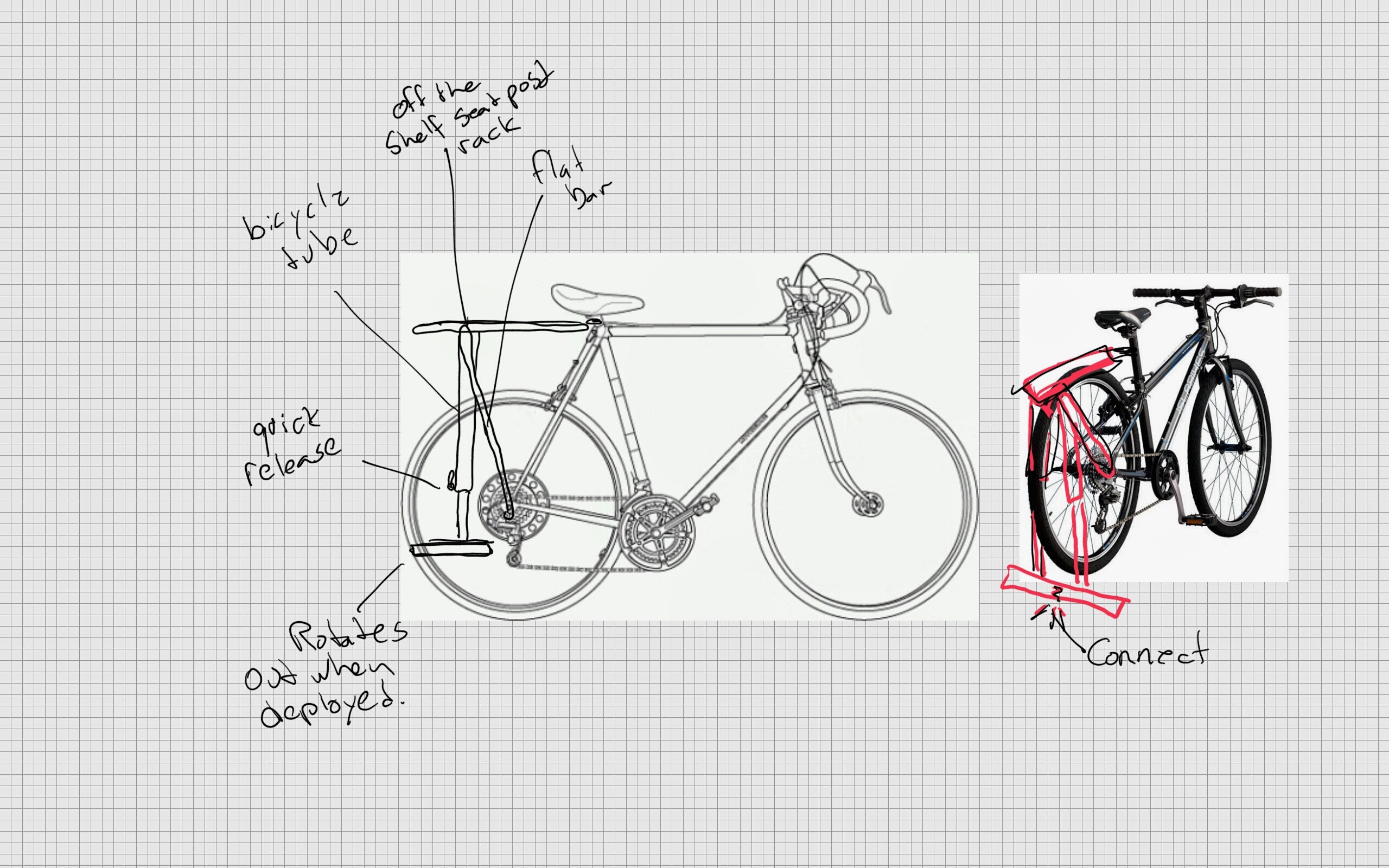
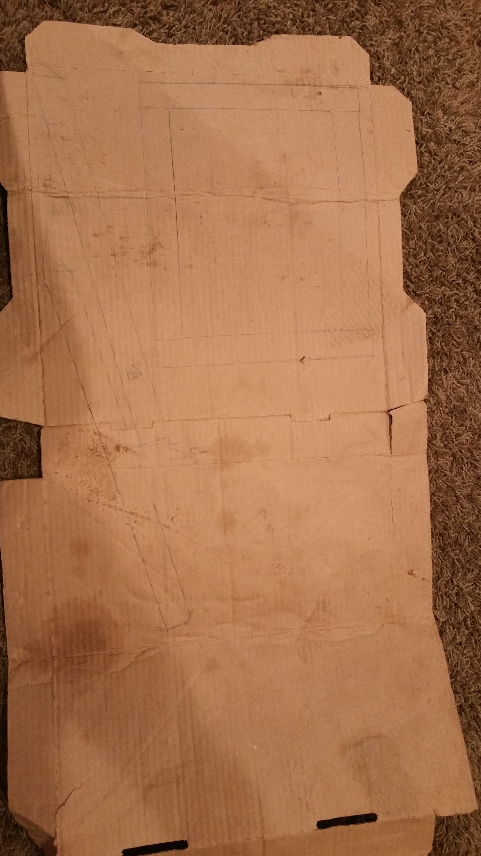
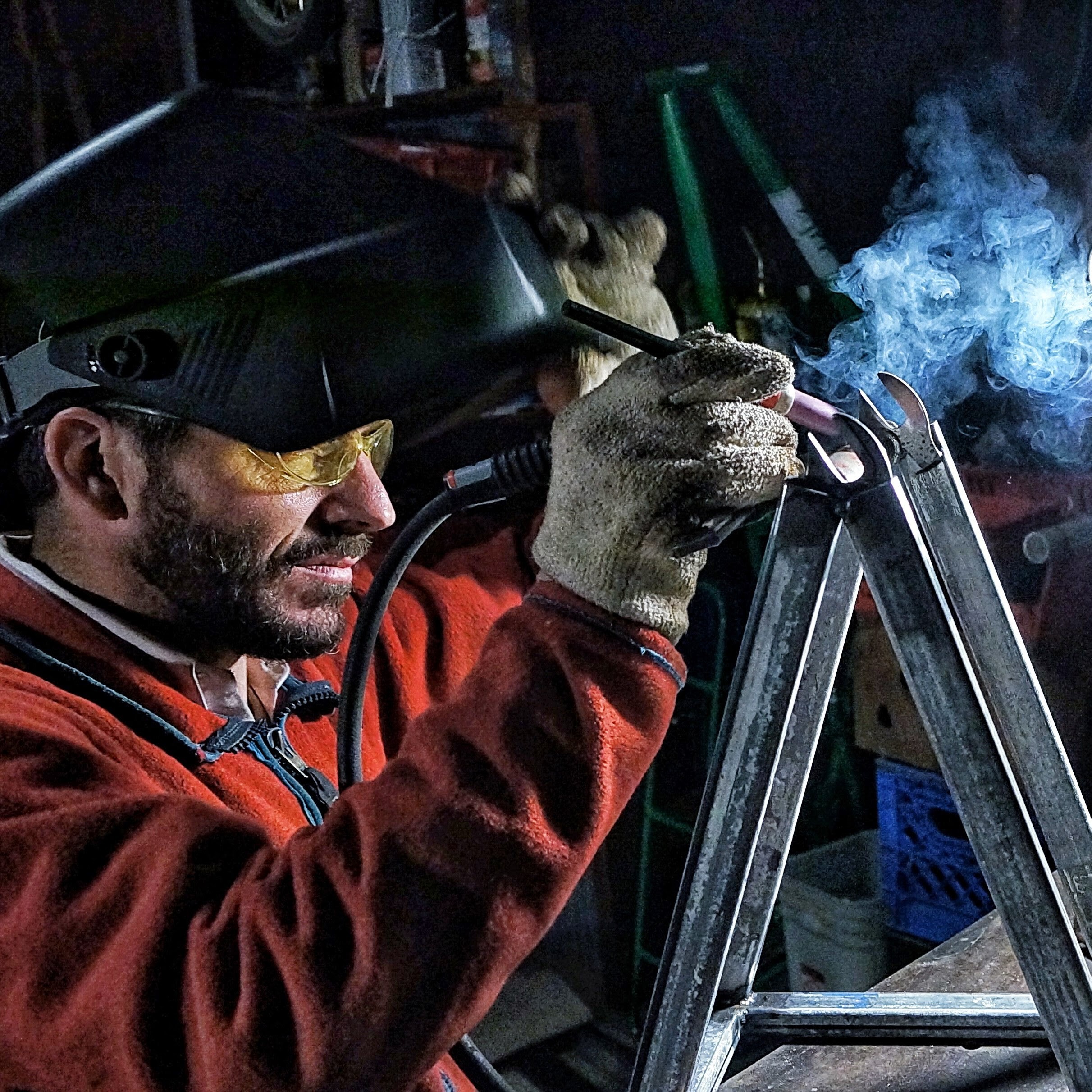
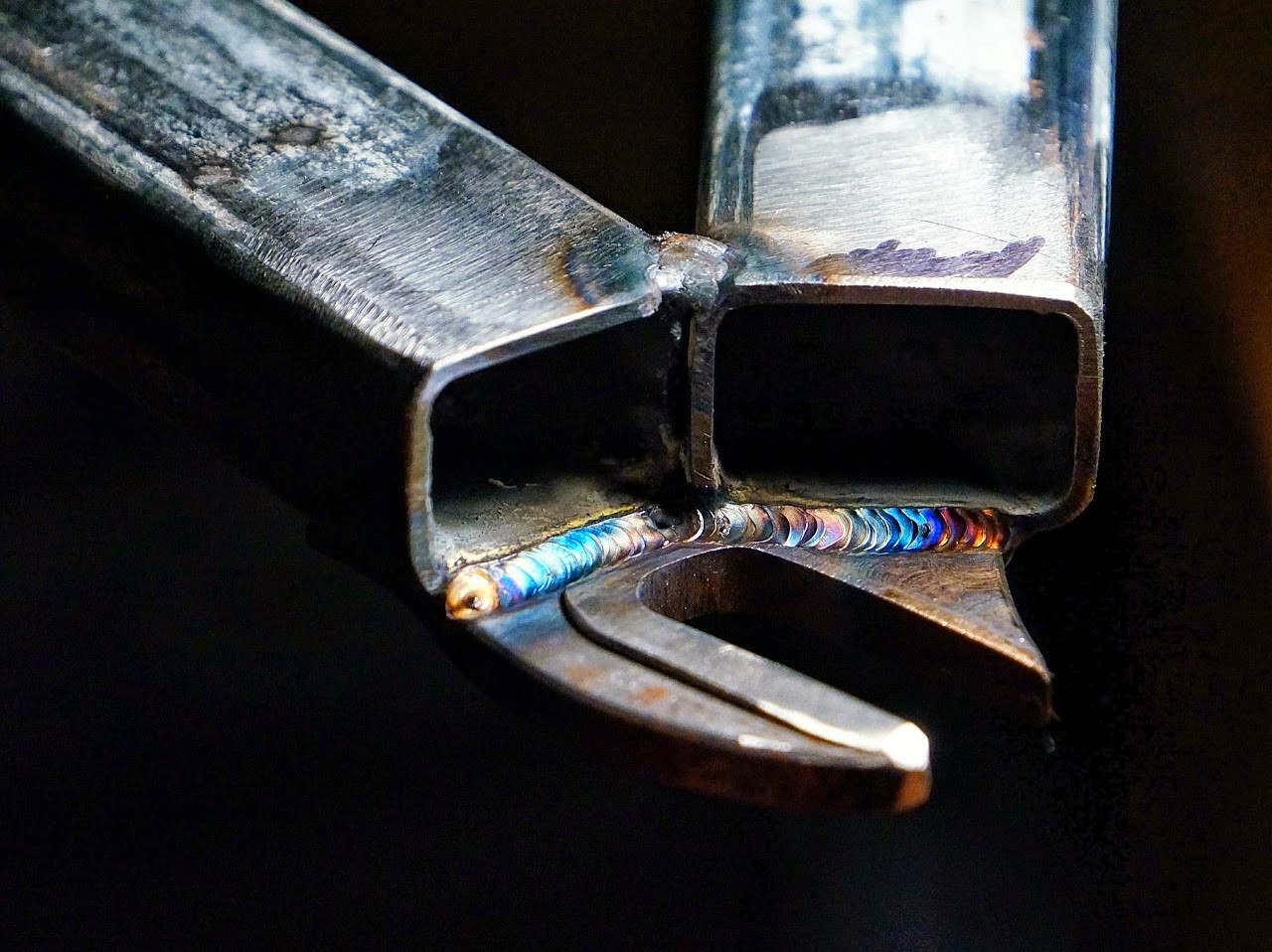
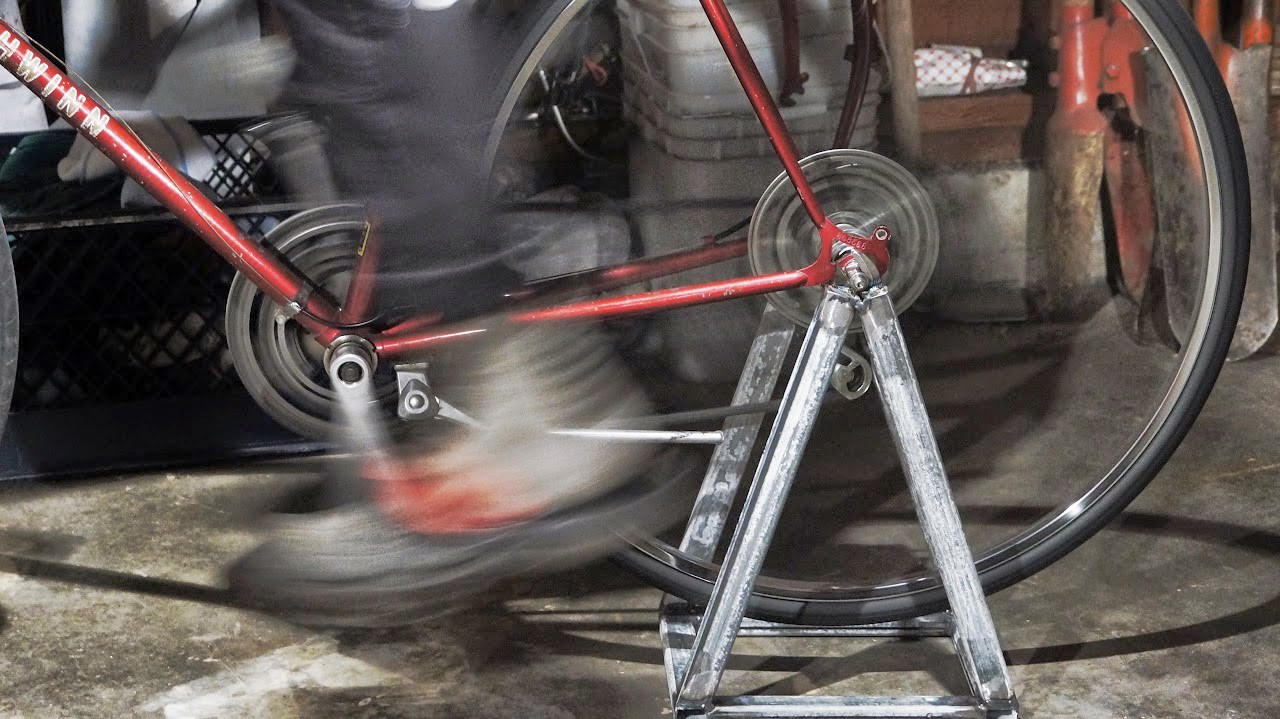
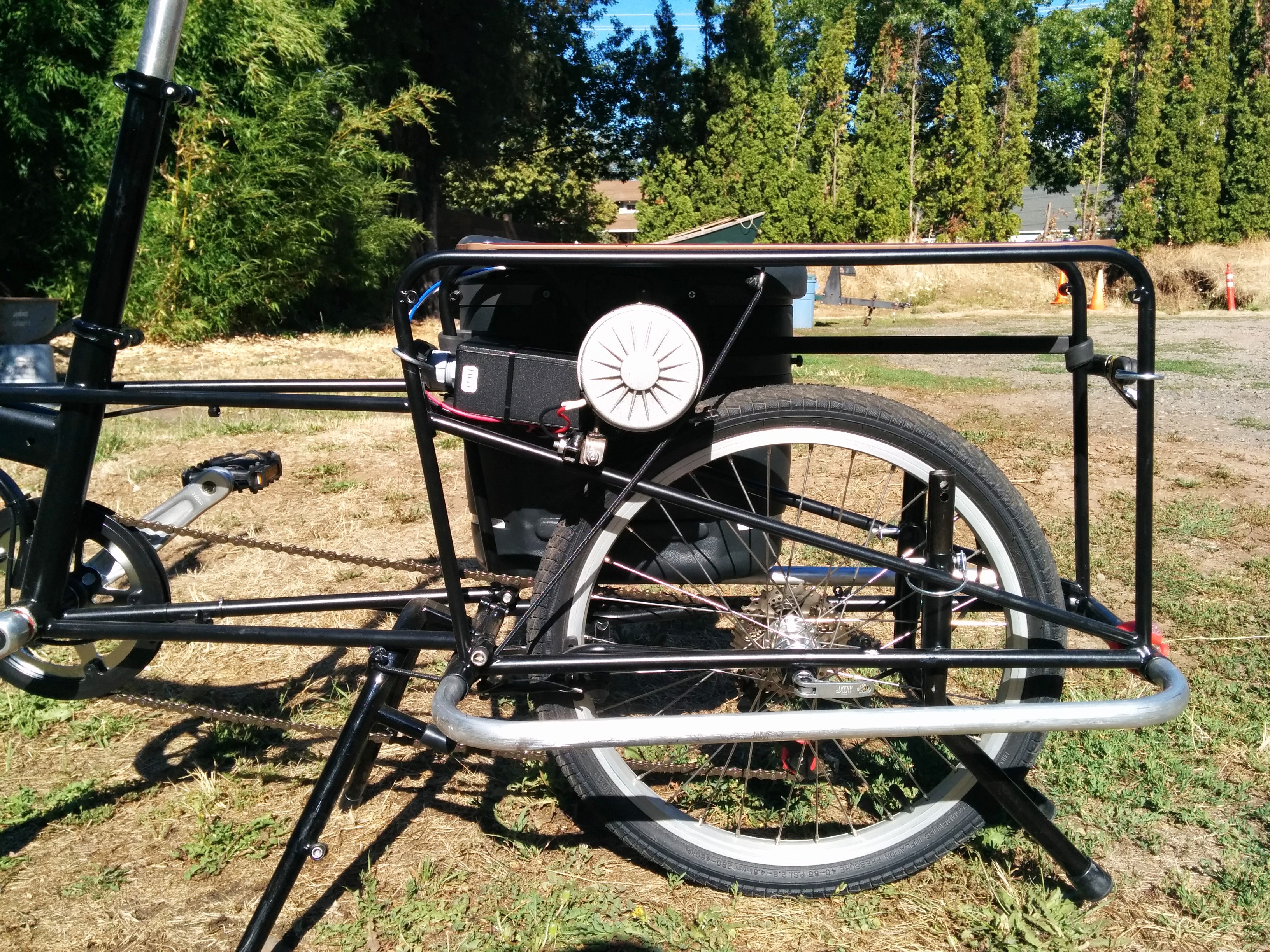
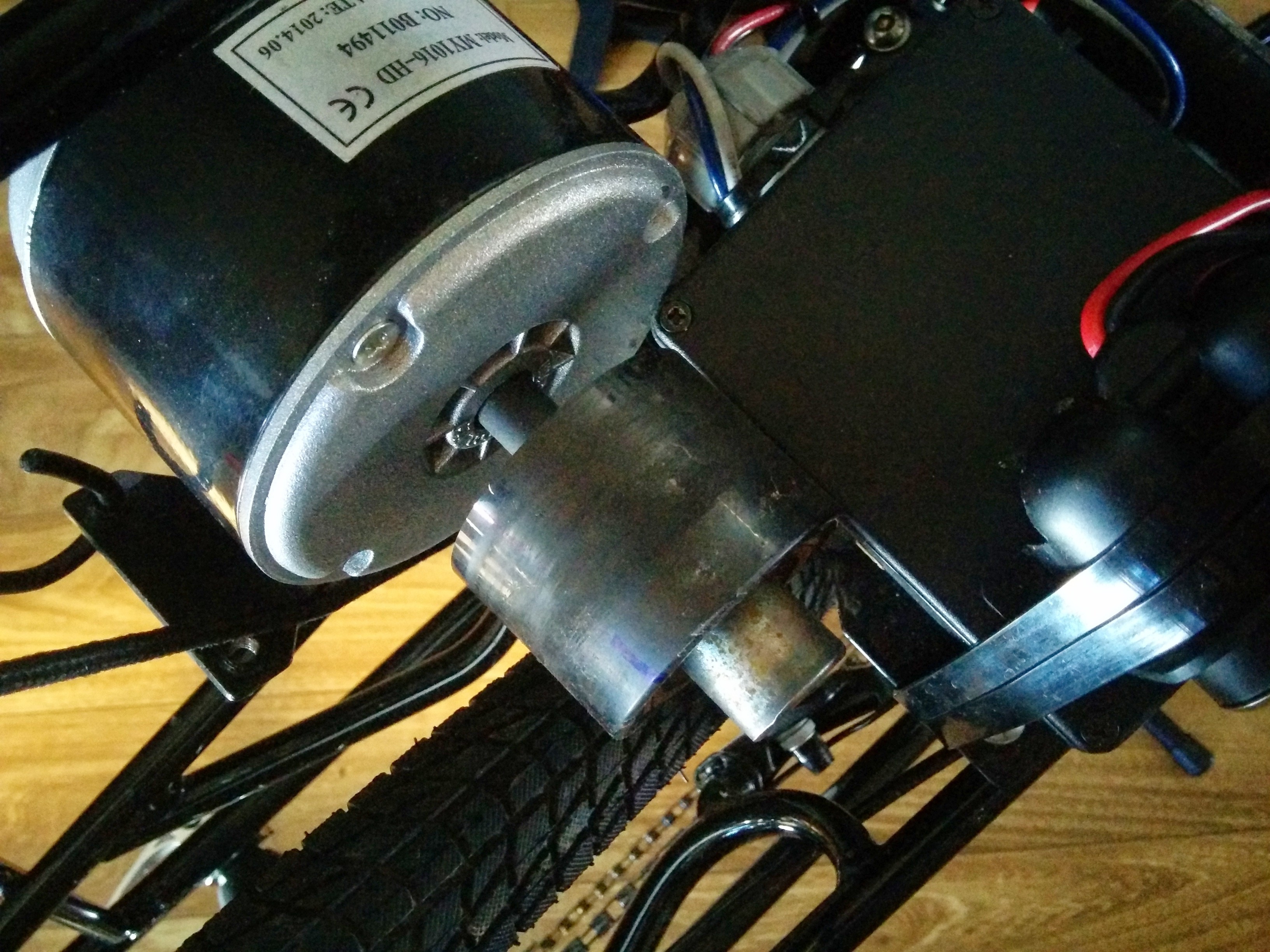
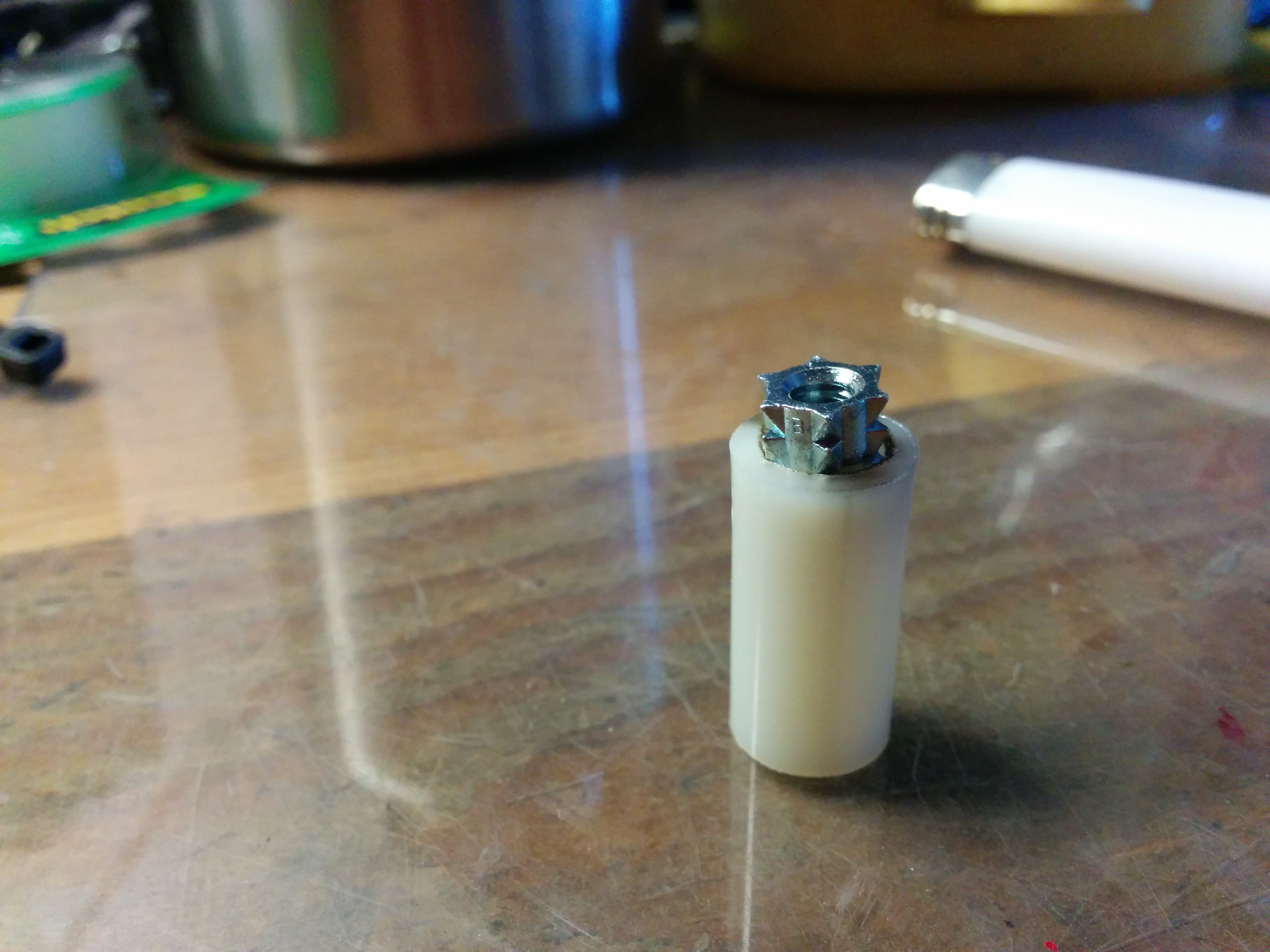 A screw wall anchor is essentially forced into a long vinyl bushing. You need to find an anchor that can't quite fit and then use a lighter to heat up the plastic. Finally, a c-clamp or vice is the best way to force the anchor into the tube.
A screw wall anchor is essentially forced into a long vinyl bushing. You need to find an anchor that can't quite fit and then use a lighter to heat up the plastic. Finally, a c-clamp or vice is the best way to force the anchor into the tube. 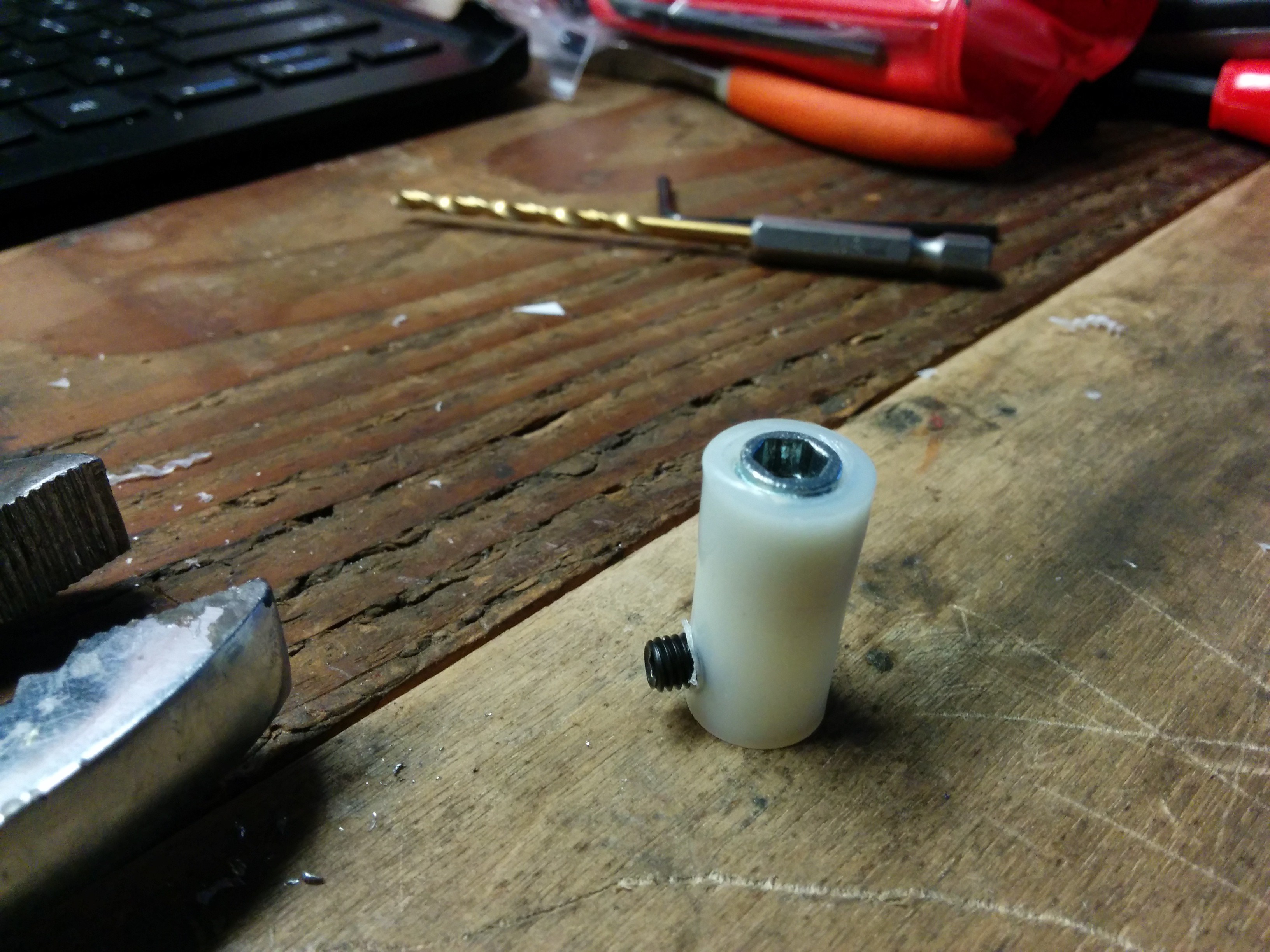 Next drill a hole in the bottom and put a grub screw into it. Drill the hole slightly small that the grub screw so that it threads itself in nicely.
Next drill a hole in the bottom and put a grub screw into it. Drill the hole slightly small that the grub screw so that it threads itself in nicely. 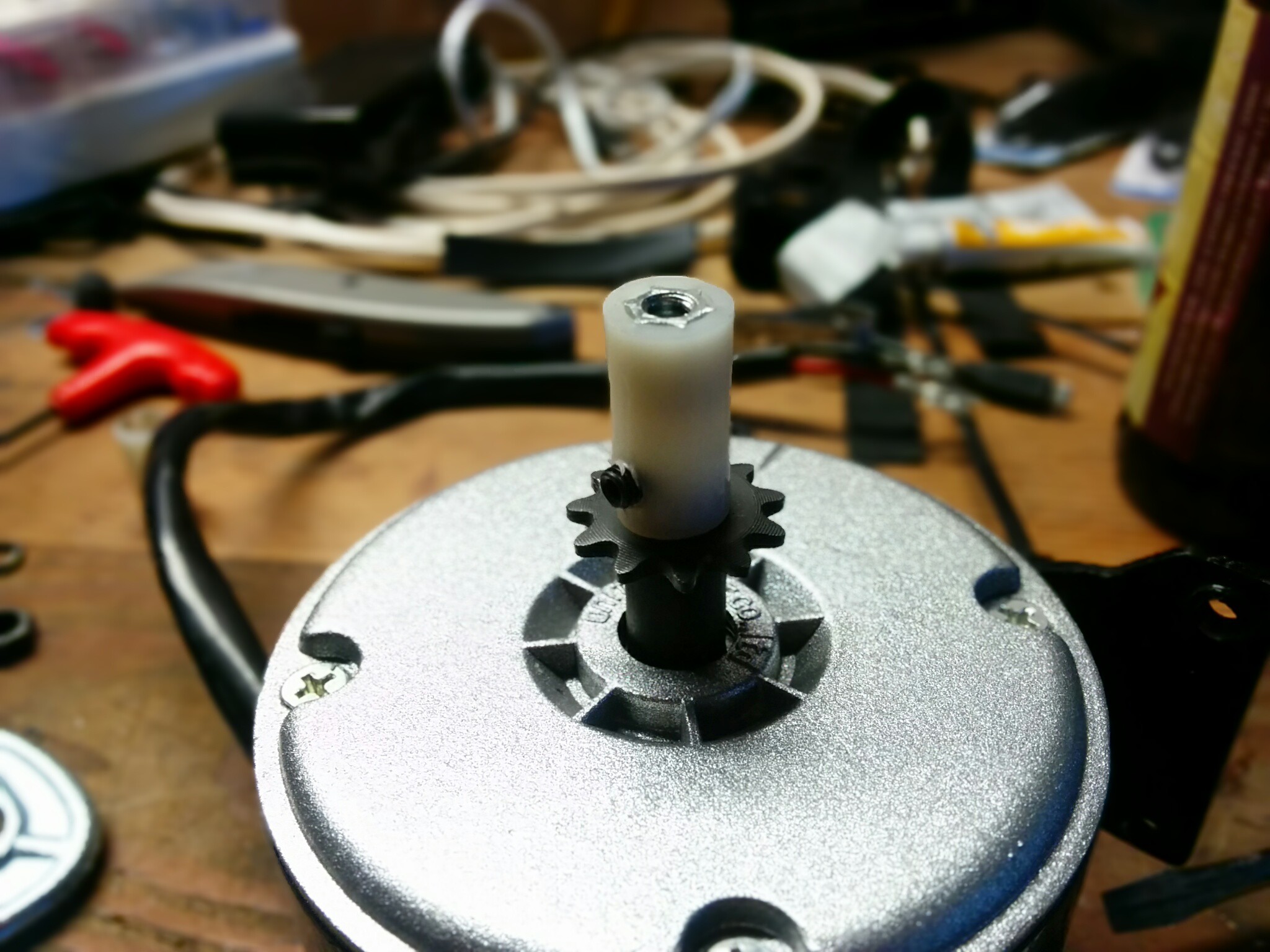 Now you can screw your adapter onto the flat side of the motor shaft using the grub screw to hold it on. Be careful not to over tighten and strip your new threads in the vinyl.
Now you can screw your adapter onto the flat side of the motor shaft using the grub screw to hold it on. Be careful not to over tighten and strip your new threads in the vinyl. 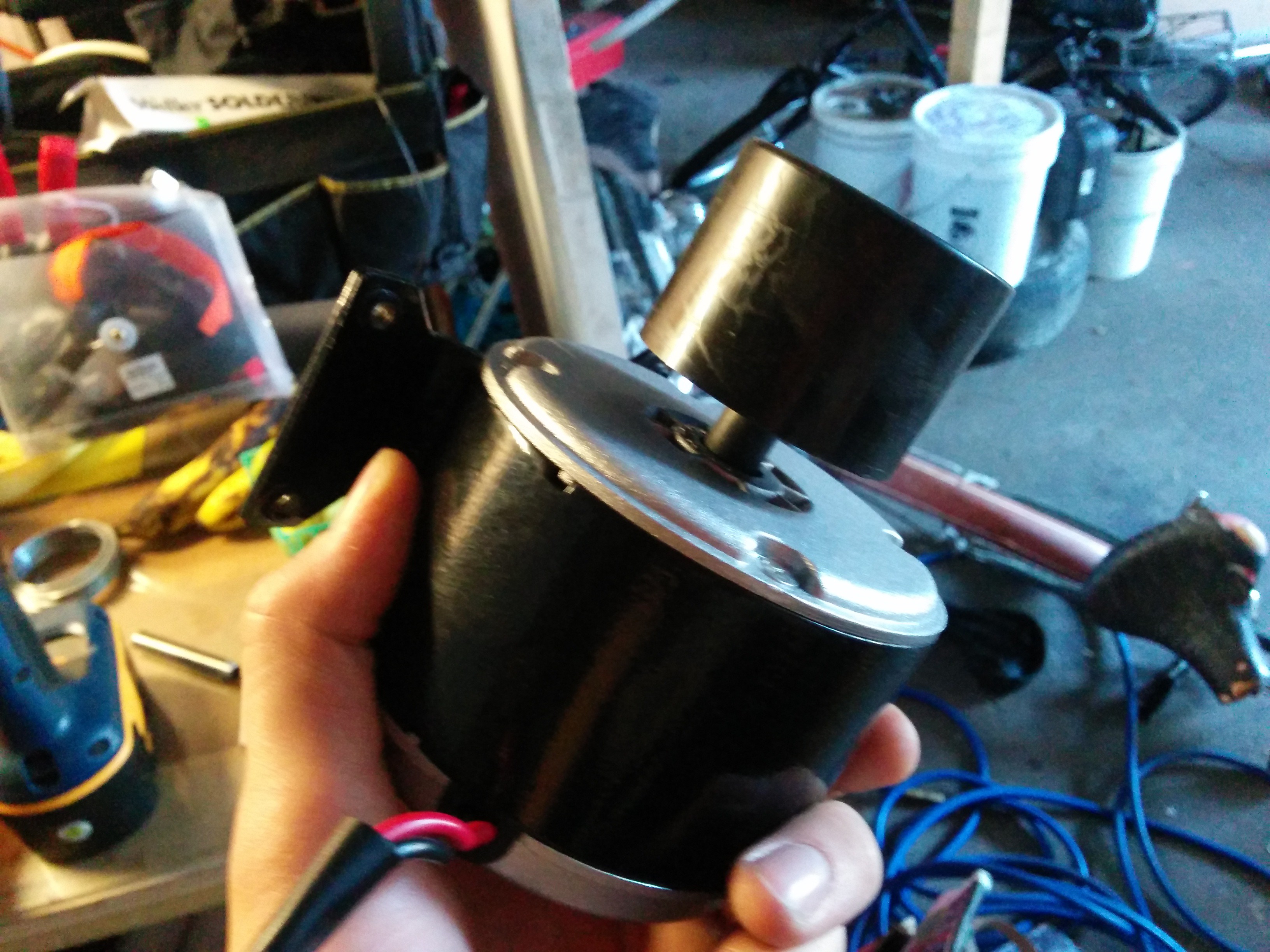
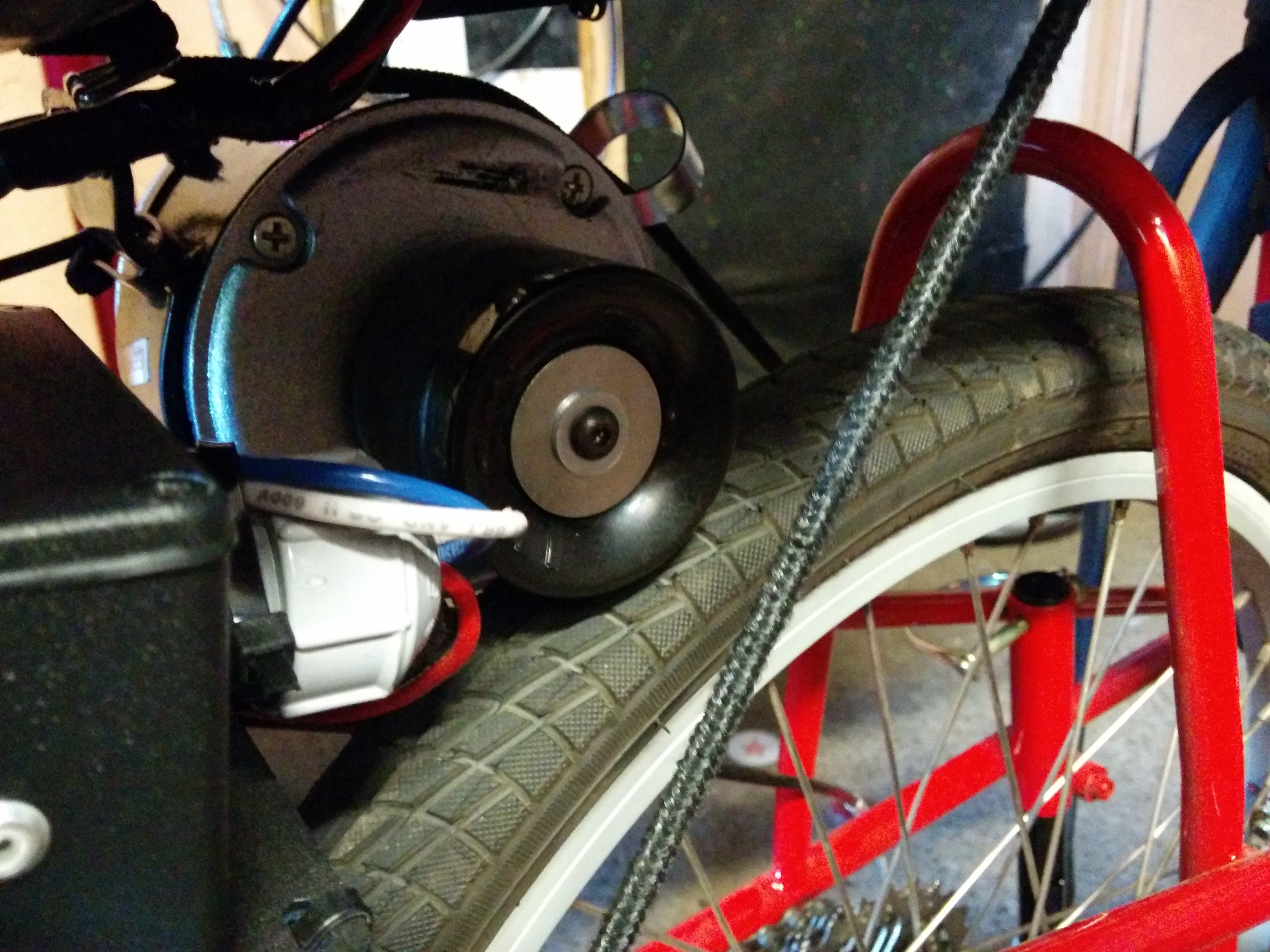 Here it is in action. You can see the multiple washers I had to use to get it to work.
Here it is in action. You can see the multiple washers I had to use to get it to work. 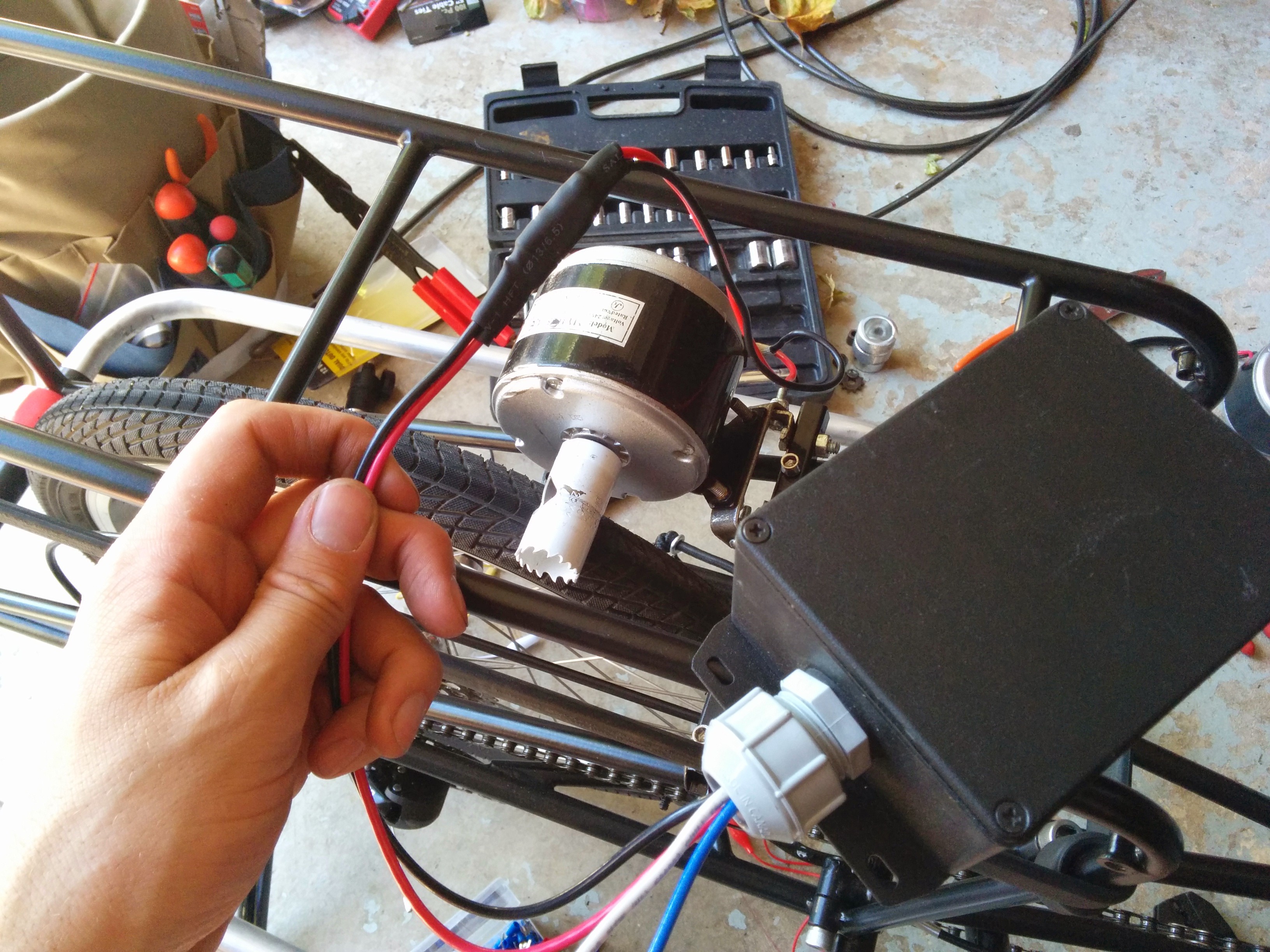
 Two 12V ports here coming out of the regulator. They will actually be putting out 14.1V, just above the minimum charge voltage of the Sherpas (14V).
Two 12V ports here coming out of the regulator. They will actually be putting out 14.1V, just above the minimum charge voltage of the Sherpas (14V). 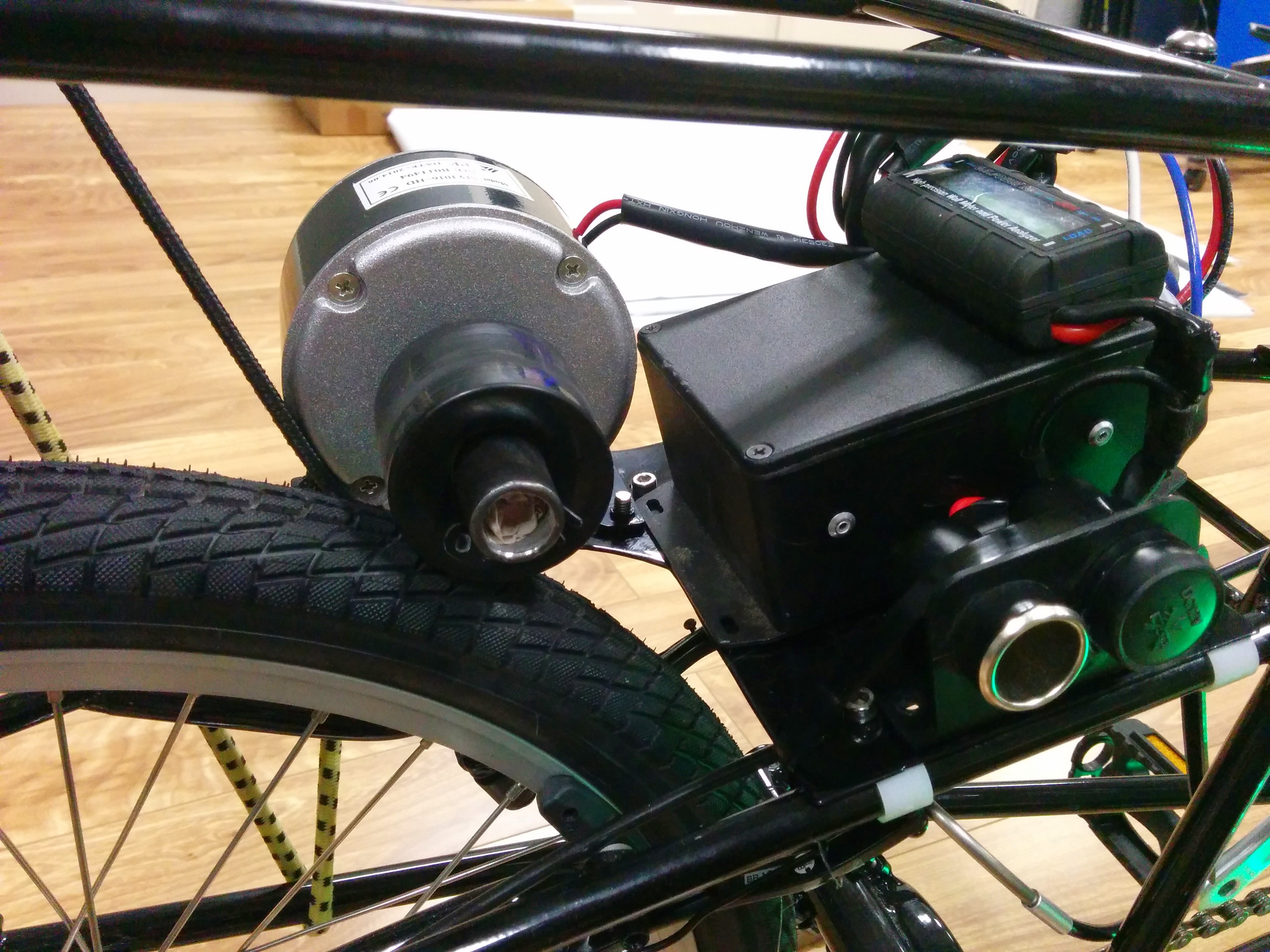
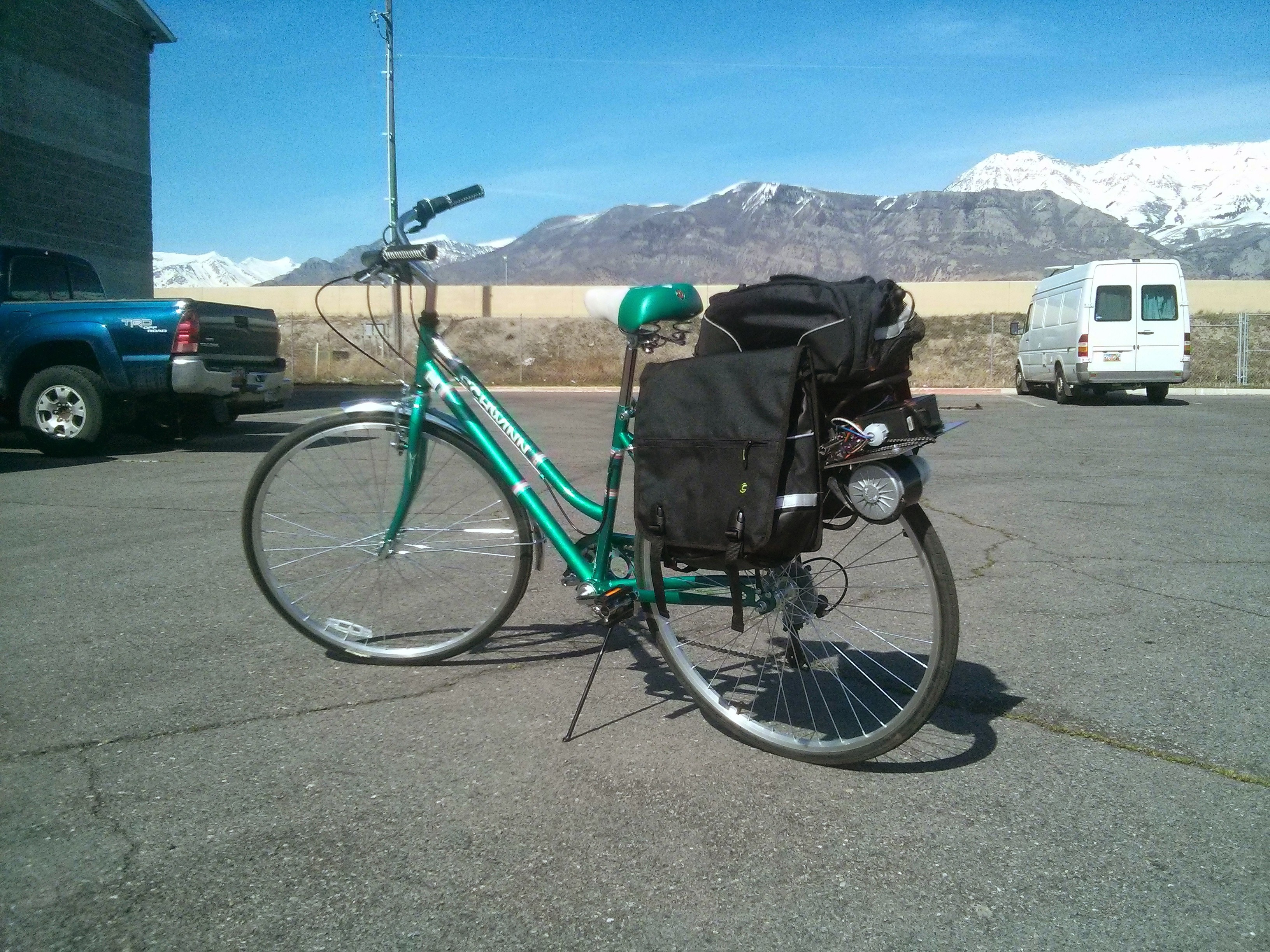


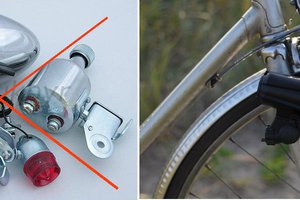
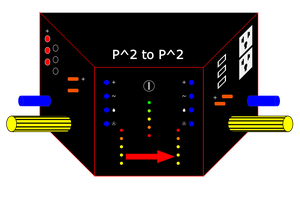
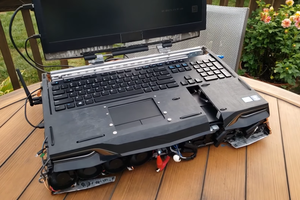
 TEC.IST
TEC.IST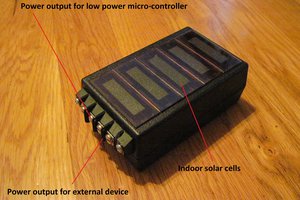
 Dennis
Dennis
This is looking very amazing you can click on the link mexon cinema 4D studio where you will get the best guide about it.